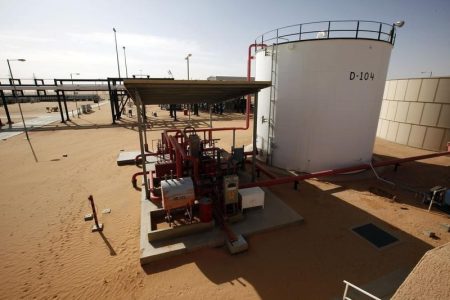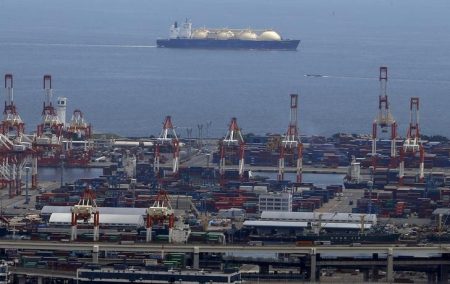Oil prices have seen an increase following the Federal Reserve’s indication of potentially halting further interest rate hikes, thereby stabilizing a previously uncertain demand outlook. This comes as the Federal Reserve refrained from raising borrowing costs for two consecutive meetings. The recent rise in long-term Treasury yields has been cited as a factor reducing the need for another hike.
The global benchmark and West Texas Intermediate (WTI) oil prices have advanced, with Brent nearing $86 per barrel. This movement is in line with broader financial markets.
Despite concerns about the Israel-Hamas conflict potentially disrupting oil supplies, the situation has not escalated to that extent. A Qatar-mediated deal endorsed by US President Joe Biden allowed refugees to escape Gaza into Egypt, easing tensions. The oil market has thus relinquished its war premium, shifting focus towards signs of weakening global demand.
In the United States, nationwide oil inventories have expanded for two consecutive weeks, increasing by 773,000 barrels according to Energy Information Administration data. The inventories at Cushing, Oklahoma’s oil storage hub have also seen an uptick.
This article was generated with the support of AI and reviewed by an editor. For more information see our T&C.
Read the full article here















